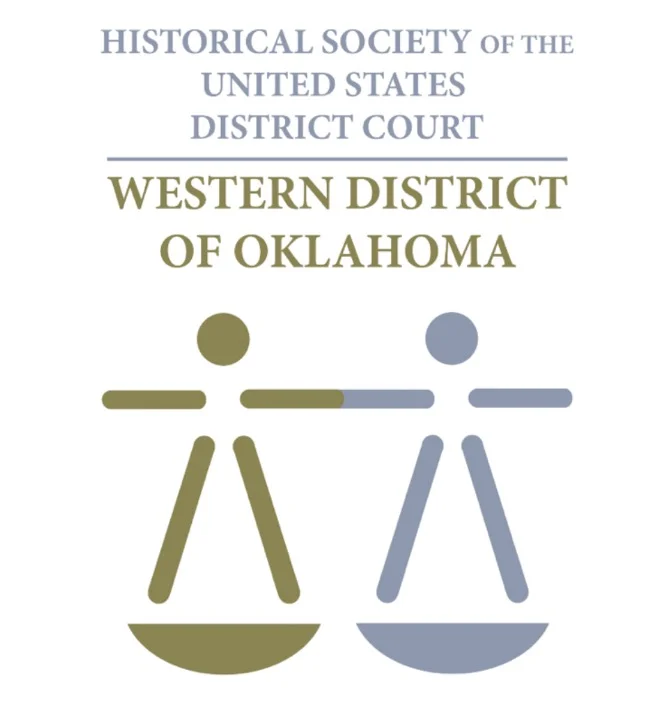Silkwood v. Kerr-McGee Corp. (1974)
Karen Silkwood died in a car accident just eight days after she discovered she was contaminated with dangerous levels of radiation. Silkwood worked as a laboratory assistant for the Kerr-McGee Corporation. Routine radiation testing led to the discovery that Silkwood had been contaminated. The contamination was of such a high level that Silkwood’s personal belongings had to be destroyed in order to prevent the further spread of radiation. Silkwood, on her way to meet with a New York Times reporter and an Energy Union leader, was killed in a car accident. “At the time of her death[, Silkwood] was between 25% and 50% of the permissible lifetime body burden allowed by the [American Energy Commission] for plutonium workers.” Silkwood v. Kerr-McGee Corp., 667 F.2d 908, 914 (10th Cir. 1981).
Silkwood’s estate brought an action posthumously alleging, among other things, negligence in Kerr-McGee’s contamination practices.
Both sides pointed fingers. Kerr-McGee attempted to skirt workers’ compensation law by showing that Silkwood was contaminated outside of work and that she intentionally contaminated herself in an effort to embarrass the company. Silkwood’s estate countered that Kerr-McGee intentionally contaminated Silkwood in order to prevent her from speaking out.
Evidence cut both ways. Information showed that Kerr-McGee knew about Silkwood’s efforts to catalogue their safety failings and was unhappy with her efforts. But in light of a reprimand Silkwood received, it was also established that she sought to embarrass the company. Ultimately, neither party was able to establish intentional exposure.
A jury found that Kerr-McGee had been negligent. The jury awarded Silkwood’s estate $505,000 in compensatory damages (compensatory damages: money awarded to compensate a party for any losses they have incurred, to return them to their pre-injury status or “make them whole”) and $10,000,000 in punitive damages (punitive damages: money awarded not to compensate but to punish the wrongful party and deter future wrongful conduct).
After a protracted legal battle that twice required input from the Supreme Court, the parties settled for $1.38 million.
The story behind the case was used as the premise for the 1983 movie Silkwood, starring Meryl Streep, Kurt Russell, and Cher.
Information from, and additional reading at,
Silkwood v. Kerr-McGee Corp., 464 U.S. 238 (1984)
Silkwood v. Kerr-McGee Corp., 667 F.2d 908 (10th Cir. 1981).
Myrna Oliver, Firm to Settle Silkwood Case : Kerr-McGee Will Pay $1.38 Million to Estate, Los Angeles Times, Aug. 23, 1986, https://www.latimes.com/archives/la-xpm-1986-08-23-mn-15774-story.html.
Vincent Canby, Film: Karen Silkwood’s Story, N.Y. Times, Dec. 14, 1983, at C27, https://www.nytimes.com/1983/12/14/movies/film-karen-silkwood-s-story.html.
